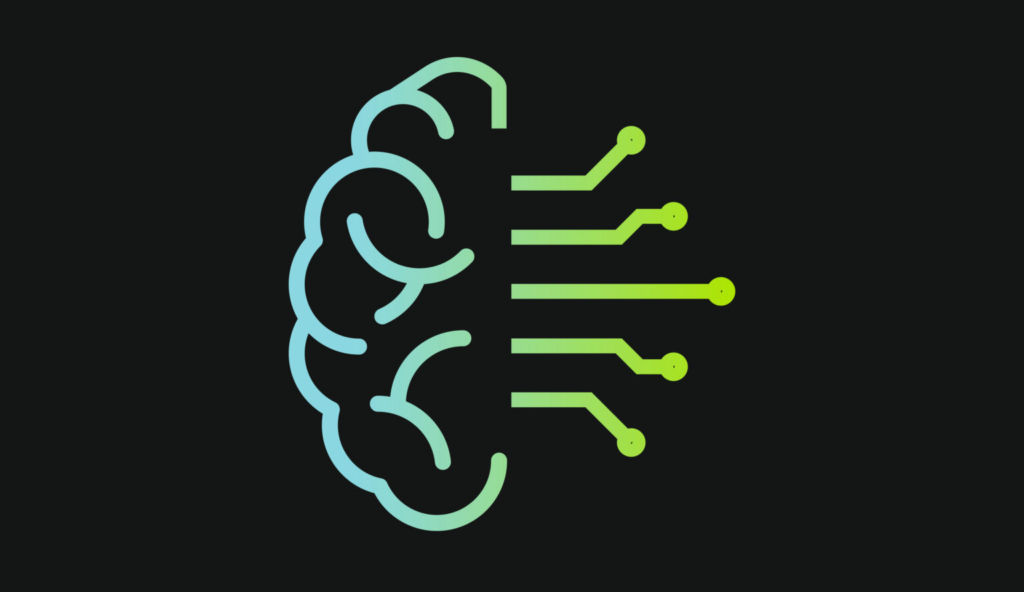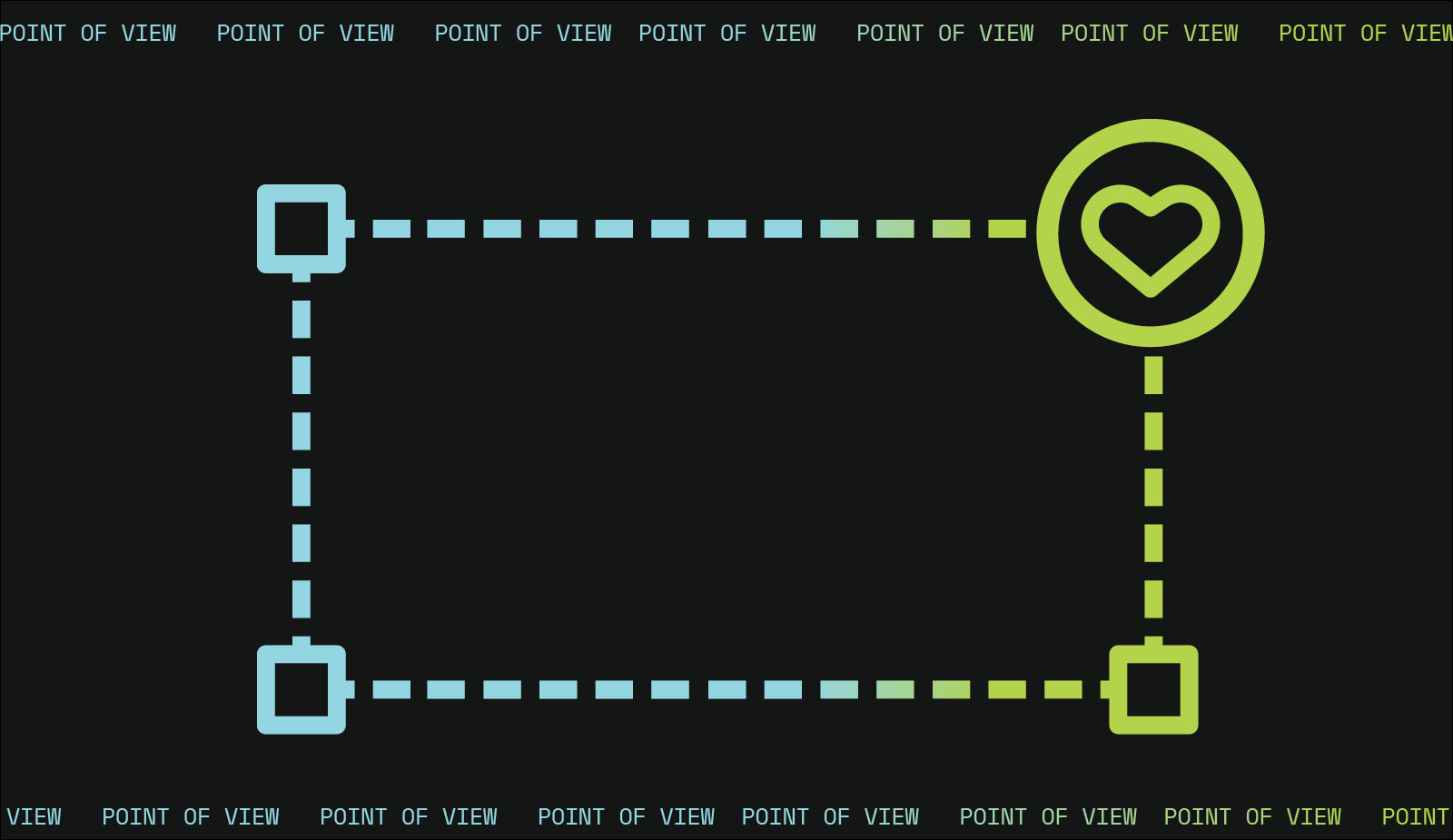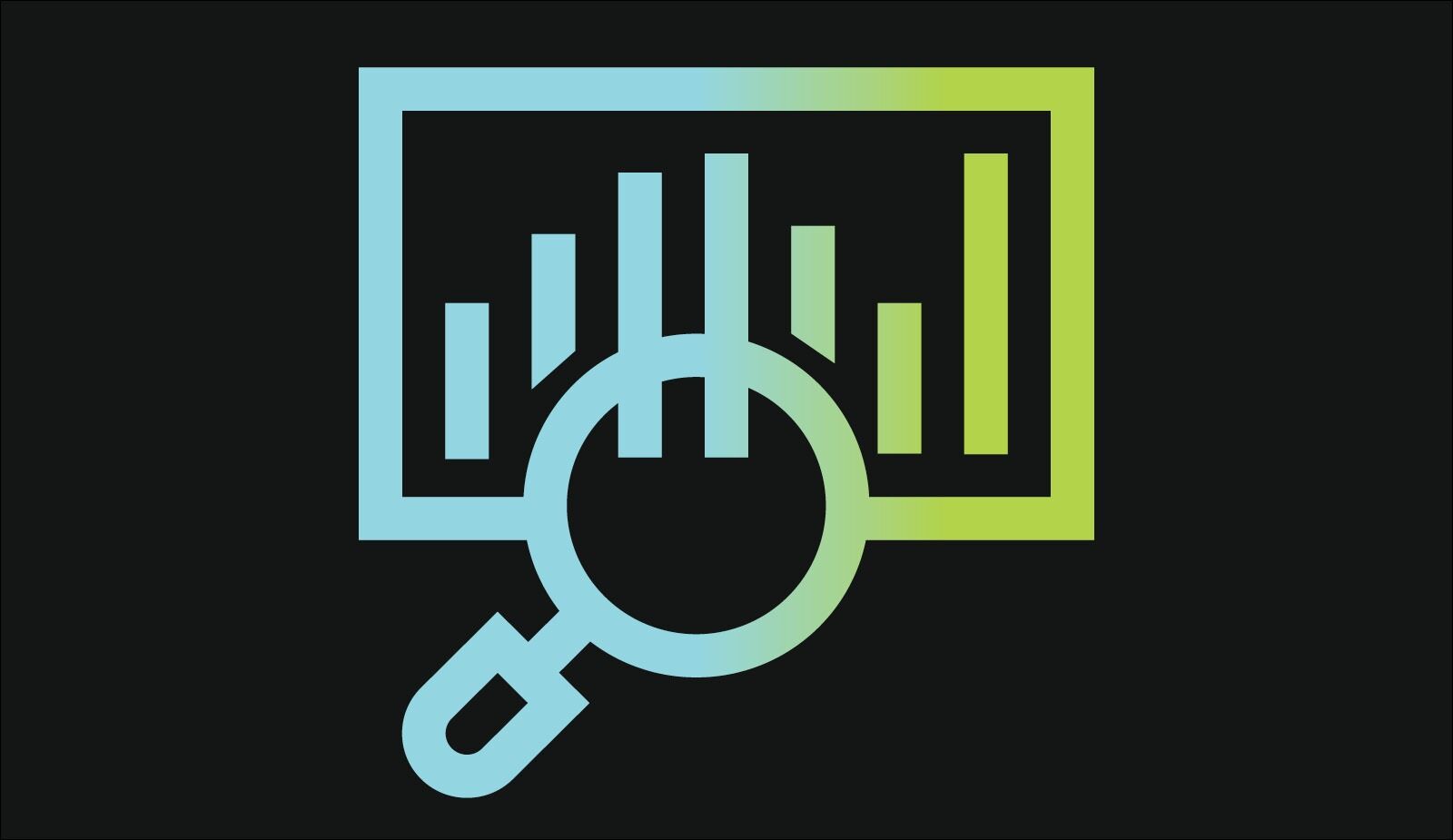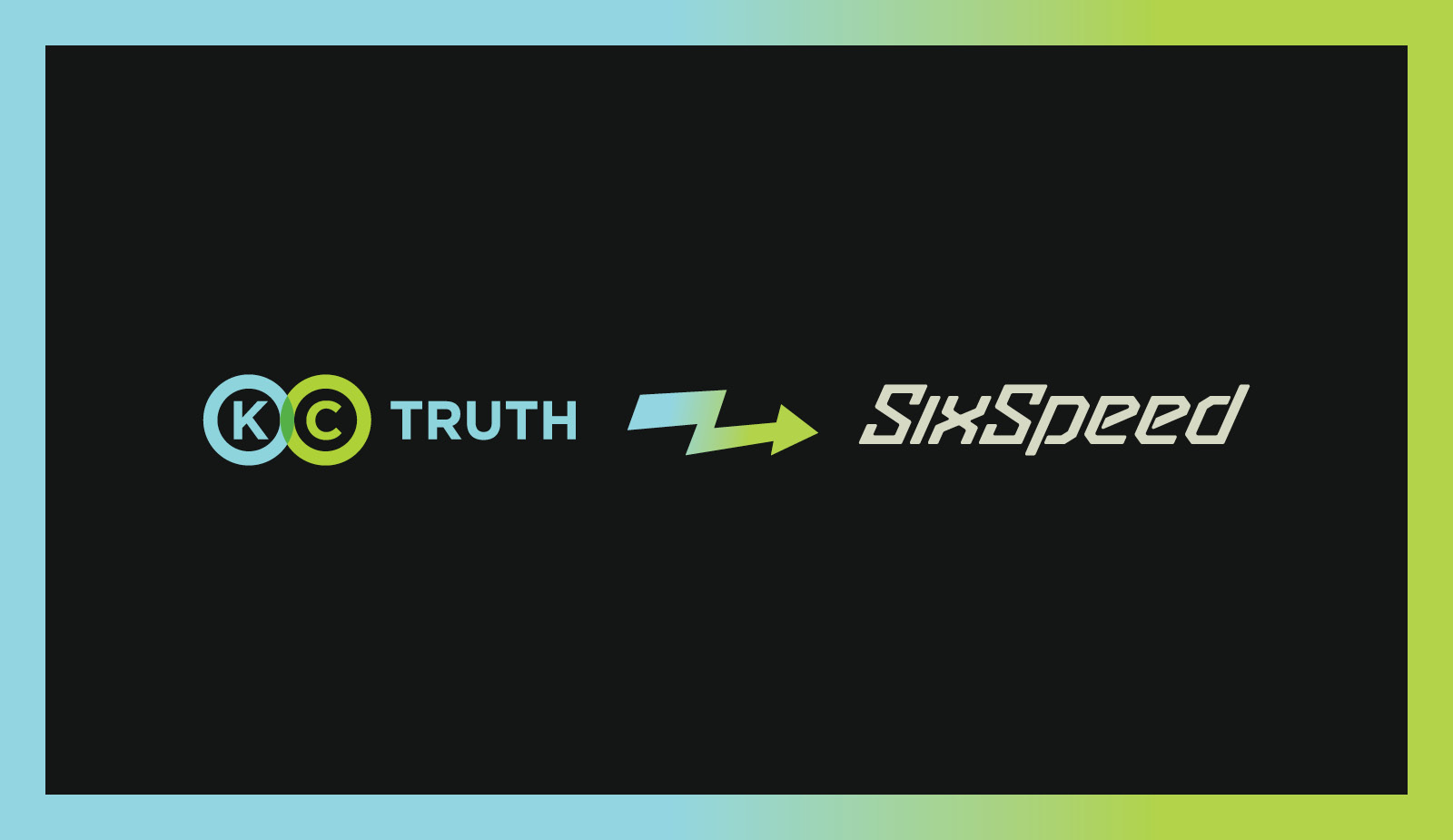AI is Scary and 4 Other Reasons We Love It
Getting real about Artificial Intelligence in the agency of the future

Spoiler Alert: there’s a twist coming. But unlike every other article published about AI, it’s not that this was actually written by—gasp!—AI. No, this was written by me, a human, with human tendencies such as critical thinking and laughing uncontrollably at wildly inappropriate times.
But I’m also a creative, with creative person tendencies such as a general air of skepticism about everything and an adverse reaction upon witnessing seemingly intelligent people go all “google-y glass” over each new technological advancement as though it is the harbinger of the next seismic shift in our industry.
With that established, here comes the twist: As a somewhat intelligent human and completely cynical creative person, I believe AI is the harbinger of the next seismic shift in our industry.
As hard as it is to admit, creatives as we know them (today) are dead. Or perhaps a better way of putting it is, we’re being granted a new life. Because I believe generative AI tools like ChatGPT, Bing Chat, Google Bard, Midjourney and DALL-E—once perfected—can inspire a new kind of AI-assisted creativity that will become foundational to how the agency of the future works.
Generative AI tools like ChatGPT, Bing Chat, Google Bard, Midjourney and DALL-E—once perfected—can inspire a new kind of AI-assisted creativity that will become foundational to how the agency of the future works.
Look, I don’t say this lightly. And I promise, I’m not bucking for a high-level position in the human work camps when the robots take over. But the agencies that accept AI, and learn how to use it, prompt it, manipulate it and—dare I say—creative direct it, will reap the rewards.
This may be the 483rd article you’ve read promoting some AI theory, but this isn’t theory for our agency anymore. After quietly experimenting with these tools on client work, our agency is starting to see some incredible ways we can use these tools to power and evolve their creative process:
- Puts another scary creative mind in the room
- AI is egoless, uninhibited, and always willing to pitch in. Just like any great creative partner. And just like any great creative partner, it can be a little scary. But if you’re stuck, wouldn’t it be nice to be able to call on your new copywriter, ChatGPT. Even if what it gives you is a bit off the wall, at least you know the ideas are well informed (unless it’s hallucinating). And that could be all you need to get out of a rut. AI could be a great way for small and midsized shops to get additional creative firepower without taking on the otherwise impossible financial and operational burden of hiring another young creative or managing a fresh-faced intern.
- Frees creatives to think bigger
- As agencies know, we’re being asked to deliver so much more creative output with so much less. Churning out all those character-limited paid social/search headlines, descriptions and copy is burnout defined. Let AI do the work for you. Feed it information about your brand guidelines, voice, and tone, then give it the assignment. AI will crank out options perfectly optimized for your specific needs. You simply review, edit, and move on to focus on bigger, convention-breaking campaign ideas that will truly have an impact on the brand.
- Gets comps closer to your creative vision, faster
- Searching for stock is the bane of our existence. It’s like snorkeling in hot asphalt looking for a rare black diamond. AI visualization tools are incredibly good at delivering images that work for very specific concepts with little to no photoshopping required. Often, they’re just fine for comps. And in some cases these images may even suffice as final (lawyers everywhere just got a chill up their spine). At minimum, the images generated might spur new visual creative directions and new ideas.
- Teaches important skills like editing and creative directing
- Prompting AI is quickly becoming an art form in itself (“Prompt Engineering” anyone?). You must be skilled at articulating a desired result while being ambiguous enough to allow the AI room to provide a more creative answer. You also need to be able to edit the results because AI is rarely perfect—or even good—the first time out. It’s a bit like learning to be a better, more precise creative director. And less experienced creatives can begin to learn these skills by working with AI as their copilot.
- Efficiently test and optimize messaging
- This is closely related to letting the AI handle the grunt work, but in a world where agencies are feeling more pressure to show improvements in KPIs to support their creative choices (we can debate the value of certain KPIs such as clicks on brand campaigns another time), AI may be the perfect solution. Work with your media team to develop a testing plan, crank out a bunch AI-assisted, low-fidelity, brand-correct concepts and let the sparks fly. Efficient, nimble, fun and results driven. What’s not to love?
I could go on and on here, but these are just a few interesting uses for AI we’ve found in our own experimentation. There are certainly many others we have yet to discover. As generative AI tools continue to evolve and improve and worm their way into our daily existence, there’s no limit to where agencies and clients can go with these tools. I, for one, intend to serve and obey our new silicon overlords. (Sorry, fellow humans. Just hedging my bets here.)







